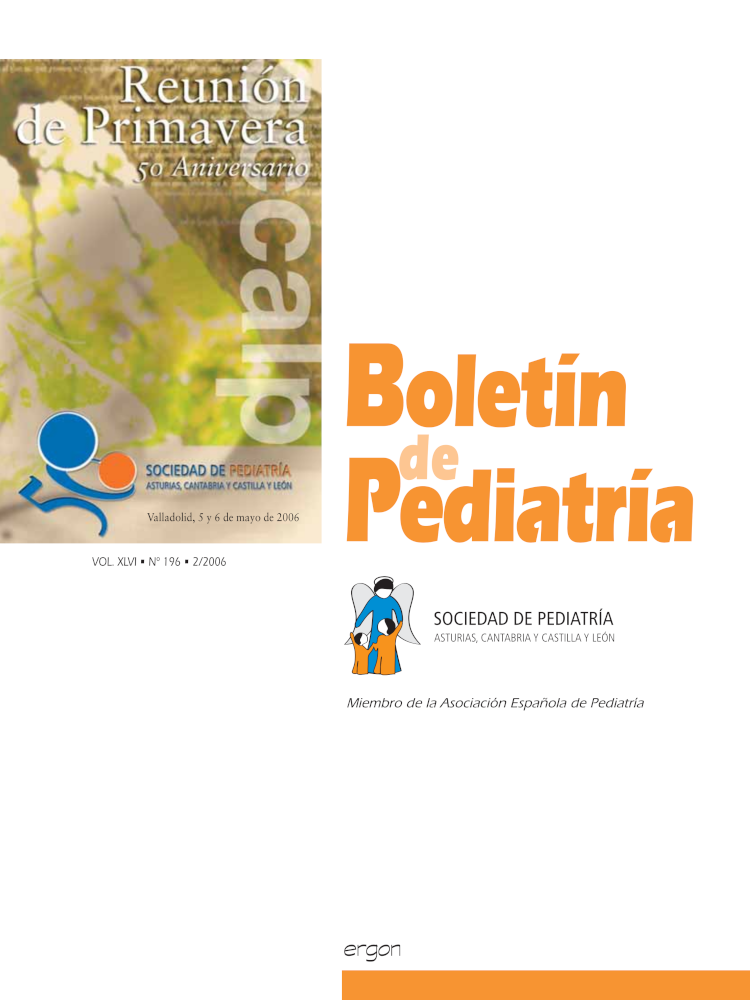Abstract
Salt intake is closed related to the etiology of several types of hypertension. Scientific popularisation has been able to spread to the general population the inconvenience of high sodium intake. Sodium intake estimation can be achieved by means of functional tests, like NaFE, information obtained from questionnaires and rarely by direct quantification of food sodium content.
Objective: To evaluate the impact of information on declared salt intake and its relationship with objective aspects about sodium metabolism, in control families and families with at least one parent affected with essential hypertension.
Patients and methods: 124 families were included in the study, 73 as control group (C) and 51 with at least one of the parents with essential hypertension (EHT). Questionnaires about familiar eating habits were collected. Estimated renal function, sodium fractional excretion (NaFE) and blood pressure (BP) values were obtained from the descendants.
Results. Overall, 80% of the mothers stated to cook with “little salt” (84% in the C group vs. 74% in the EHT, without significant difference). NaFE values in the control group descendants were 0.65 ±0.03 and 0.71±0.05 in the EHT (NS). Moreover, no significant correlations were found between systolic nor diastolic blood pressure with NaFE, neither globally, nor in the study groups. NaFE and systolic BP in EHT presented correlation values close to the statistical signification (P=0.06). The mean value of the positive taste appreciation for seven “salty” products (olives, chip potatoes, etc…) was 5.59±0.16, with no significant correlation against NaFE, systolic and diastolic BP. The influence of declared salt addition while cooking (little, normal or much salt), on NaFE was not significant.
Conclusion: Published and assumed recommendations followed by the general population about deleterious effect of salt, seem to slant the opinion about intake. A bias towards the declaration of little intakes was detected. We could not found any positive correlation between objective variables, including BP, NaFE and declared (subjective) familial salt consumption.

This work is licensed under a Creative Commons Attribution-NonCommercial 4.0 International License.
Copyright (c) 2006 Boletín de Pediatría
